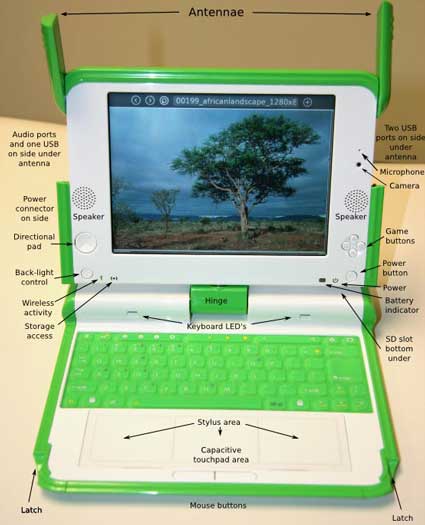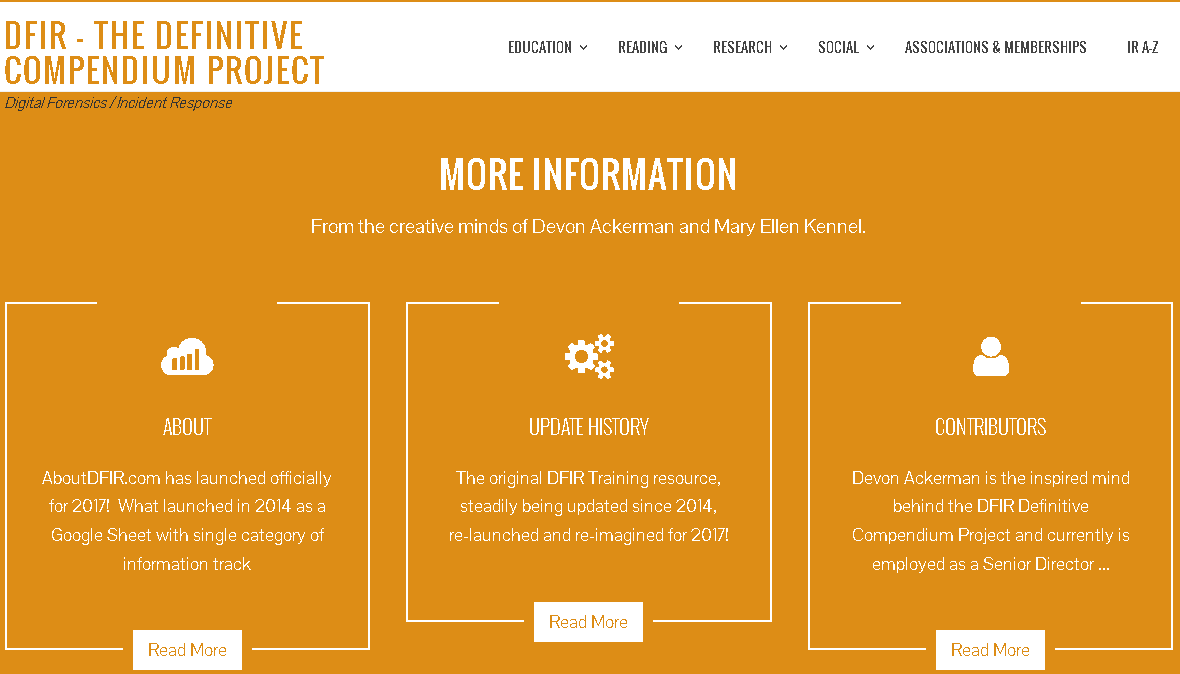
Just back from SANS Security in New Orleans, I jumped at the opportunity to hop on down to Tribeca for the premiere of a documentary, The New Face Of CyberCrime.
Being a skeptical New Yorker, I couldn't help but wonder if what we were about to view would be an infomercial for Fortify Software, the sponsors of the documentary, however, I was actually impressed with the short. They included a snapshot into the brilliant Marcus Ranum, and a very personal one-on-one with Myron Ullman, CEO of JC Penny, whom I thought was extremely eloquent. He offered-up a highly evolved approach to intrusion and penetration, one that I (having a martial arts background) sometimes refer to as, the Xing Yi approach. Plain and simple, it's the understanding that the minute you think your network is impenetrable, is the second you'll be hacked, a lot like the acknowledgement that even though one may be an accomplished martial artist, a bullet is a bullet. In my opinion, Ullman depicted the arbiter of a well done film, that someone so high profile was willing to be that candid, and that honest, admitting that they simply "don't want to be that headline."
Afterward, the filmmaker and some of those interviewed in the film were present and taking select questions from the audience. One of the panelists, a journalist, spoke volumes when he pointed out that the TJX incident would have had a lot less negative publicity, if the higher-ups had been more apologetic and more empathetic to their customers. Instead, they kept insisting on finger pointing. Great example, is the opposite happened when Bank Of America was breached and went out of their way to apologize publicly, promising their customers they would not be held liable, and in many ways raising the bar and setting the standard that others in that situation now follow.
The food and drinks after the film ROCKED, and my friend Bill, Chair of NYPC.org and I decided to end the evening by grabbing his new XO (One Laptop Per Child) notebook and head over to Starbucks to configure it for its one-year free wifi with T-Mobile. What we couldn't seem to figure out was the meaning behind the color schema for the different networks that appear as dots on the screen. I was guessing that blue denoted a Linksys router and perhaps silver was Netgear, but I later discovered that the color of the circle is based upon the name of the access point. What still isn't clear to me, is what about the name defines the color that your circle will be. If you know, please comment here!



No comments:
Post a Comment